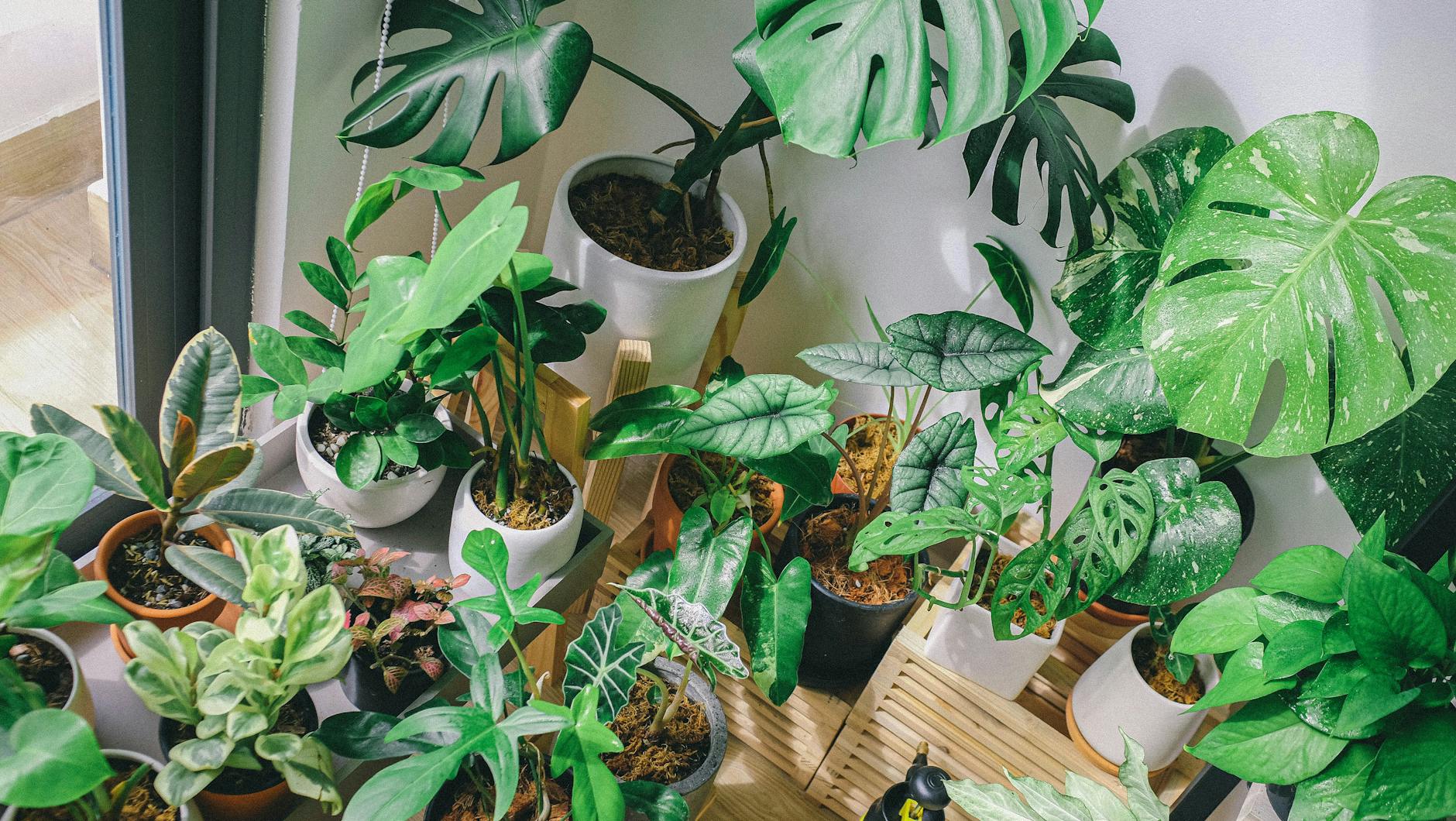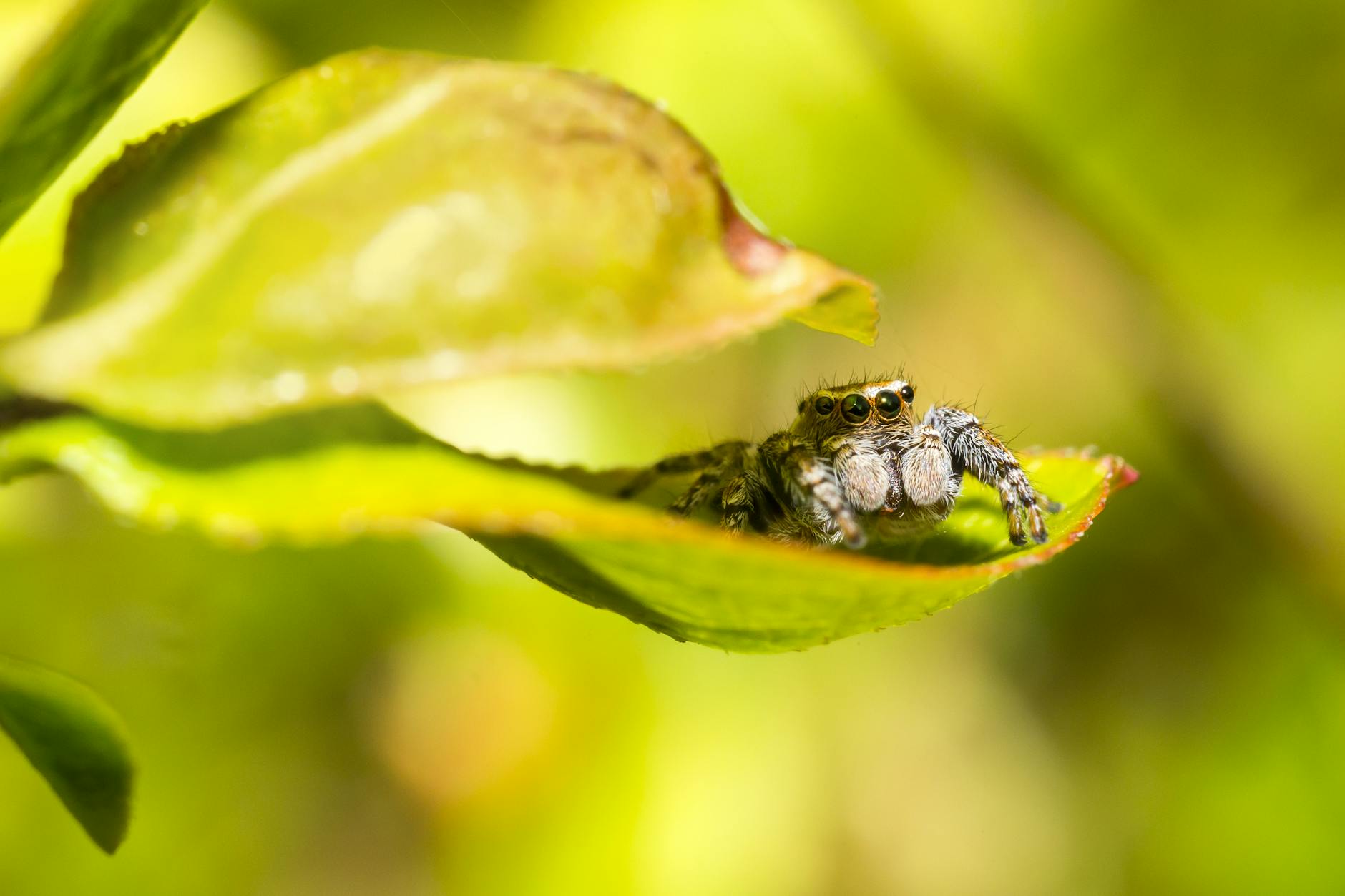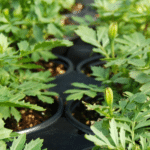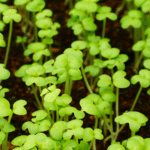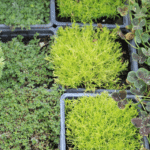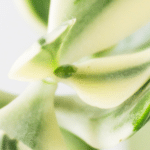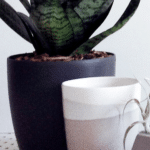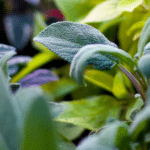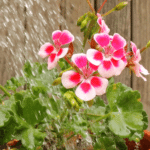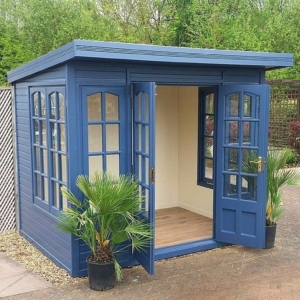The Top Indoor Plants for Clean Air and Better Health
Indoor plants offer more than just aesthetic appeal – they can significantly improve the air quality in your home and contribute to better overall health. Studies have shown that indoor air pollution can lead to various health issues. By incorporating the right indoor plants into your living space, you can create a healthier environment for you and your family.
Plants have the natural ability to purify the air by absorbing toxins and releasing oxygen, essentially acting as natural air filters. This process not only helps in reducing indoor air pollution but also enhances overall well-being.
Understanding Indoor Air Pollution
Indoor air pollution is a significant concern that can impact your health and well-being. Various pollutants can lurk in the air inside your home, originating from sources like cleaning products, furniture, cooking fumes, and more.
Common Indoor Air Pollutants
- Formaldehyde: This chemical can be found in various household products such as pressed wood, furniture, and some cleaning agents. Prolonged exposure to formaldehyde may lead to respiratory issues, throat irritation, and allergic contact dermatitis.
- Benzene: Often present in cigarette smoke, stored fuels, and paint supplies, benzene exposure indoors can cause dizziness, headaches, and even long-term health risks like leukemia.
- Particulate Matter: Tiny particles from cooking, smoking, or outdoor sources can worsen respiratory conditions like asthma and allergies. They can penetrate deep into the lungs, triggering or exacerbating respiratory issues.
Health Effects of Indoor Air Pollution
Indoor air pollution can have severe consequences on your health. Prolonged exposure to pollutants can lead to a range of health problems, including allergies, asthma, respiratory diseases, and other complications. Poor indoor air quality can aggravate existing conditions and contribute to the development of new health issues, affecting your overall well-being and quality of life.
Photo by Pixabay
Benefits of Indoor Plants for Air Quality
NASA Clean Air Study
In the late ’80s, NASA conducted a Clean Air Study to explore how plants can help enhance air quality in closed environments. The study identified several houseplants that excel at removing common indoor pollutants. Some of the plants recommended by NASA include the spider plant, peace lily, snake plant, and aloe vera. These plants are known for their ability to absorb harmful toxins like formaldehyde, benzene, and trichloroethylene, thus creating a healthier indoor environment.
Photo by Huy Phan
Plant Characteristics that Enhance Air Quality
Plants possess unique characteristics that make them natural air purifiers. Their leaf structures play a role in absorbing pollutants such as carbon dioxide and volatile organic compounds (VOCs) while releasing oxygen through the process of photosynthesis. Different plants target specific toxins; for example, the Boston fern is excellent at removing formaldehyde, while the rubber plant helps combat indoor air pollution caused by xylene and toluene. By strategically placing various plants in your home, you can create a diverse botanical defense system against indoor air contaminants.
Best Indoor Plants for Cleaner Air
Spider Plant
The Spider Plant, with its arching leaves and air-purifying benefits, is a fantastic addition to any indoor space. This resilient plant effectively removes common indoor pollutants such as formaldehyde and xylene. Spider Plants are easy to care for, thriving in various light conditions and requiring occasional watering. Place them in hanging baskets or pots, and watch them flourish while enhancing air quality.
Photo by Erik Karits
Peace Lily
The elegant Peace Lily not only adds a touch of sophistication to indoor spaces but also excels at removing pollutants like ammonia and benzene. With its white flowers and lush green leaves, this plant prefers indirect light and requires watering when the soil is dry. Keep your Peace Lily thriving by placing it in a shaded area and enjoying cleaner, fresher air.
Photo by Bellava G
Aloe Vera
Aloe Vera, known for its healing properties, also excels at purifying indoor air. This versatile plant requires minimal care, thriving in bright, indirect sunlight and well-draining soil. Beyond air purification, Aloe Vera offers a natural remedy for skin irritations. Embrace the benefits of Aloe Vera by incorporating this plant into your indoor space for both cleaner air and medicinal uses.
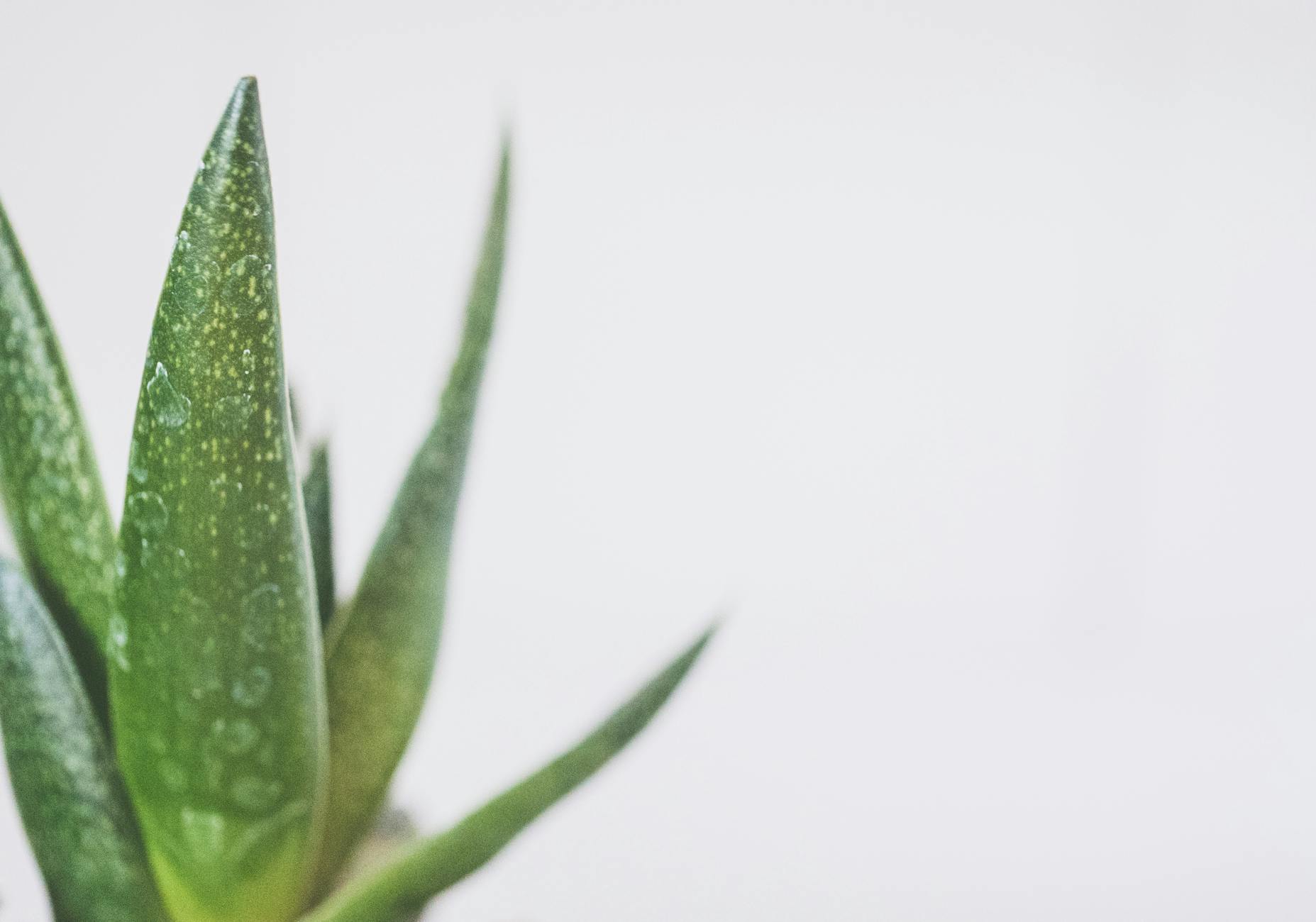
Boston Fern
The Boston Fern stands out for its lush foliage and exceptional air-purifying qualities. This plant not only purifies the air but also helps regulate humidity levels, making it ideal for bathrooms or other humid spaces. To care for Boston Ferns, provide them with indirect light and regular watering to keep them vibrant and healthy, contributing to cleaner indoor air quality.
Photo by Ceci DGondeles
Tips for Maximizing Air-Purifying Benefits
Placement and Quantity
Positioning your indoor plants strategically throughout your living space can significantly impact the air quality. Consider placing plants in the following areas to reap the most benefits:
- Living Room: Optimal for large plants like peace lilies or spider plants to purify the air in a frequently used area.
- Bedroom: Choose plants like aloe vera or snake plants to improve air quality while you sleep.
- Kitchen: Herbs like basil or mint not only freshen the air but also serve a dual purpose in culinary creations.
The number of plants needed varies based on room size. Aim for at least two medium to large plants per 100 square feet for effective air purification.
Care and Maintenance
Proper care is essential to ensure your indoor plants thrive and continue cleansing the air effectively. Follow these tips to maintain the health of your green companions:
- Watering: Avoid overwatering by checking the soil moisture before watering. Different plants have varying water requirements, so tailor your watering schedule accordingly.
- Pruning: Regularly trim dead leaves or spent blossoms to encourage new growth and maintain plant health.
- Cleaning: Wipe down plant leaves with a damp cloth to remove dust and ensure optimal photosynthesis for air purification.
- Repotting: Monitor the growth of your plants and repot them as needed to provide ample space for healthy root development.
- Fertilizing: Feed your indoor plants with a balanced fertilizer during the growing season to promote strong growth and improved air-purifying capabilities.
Photo by Alex Green
Conclusion
In conclusion, indoor plants play a vital role in enhancing indoor air quality and promoting better health. By absorbing toxins and releasing oxygen, air-purifying plants like the peace lily, spider plant, and snake plant can significantly improve the overall well-being of individuals in indoor spaces.
Consider incorporating these green companions into your living or work areas to enjoy a fresher and healthier environment. With their natural air-cleansing abilities and aesthetic appeal, indoor plants are a simple yet effective way to boost your mood, productivity, and overall quality of life. Embrace the green revolution in your living spaces today!



